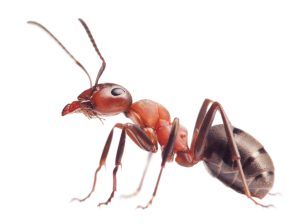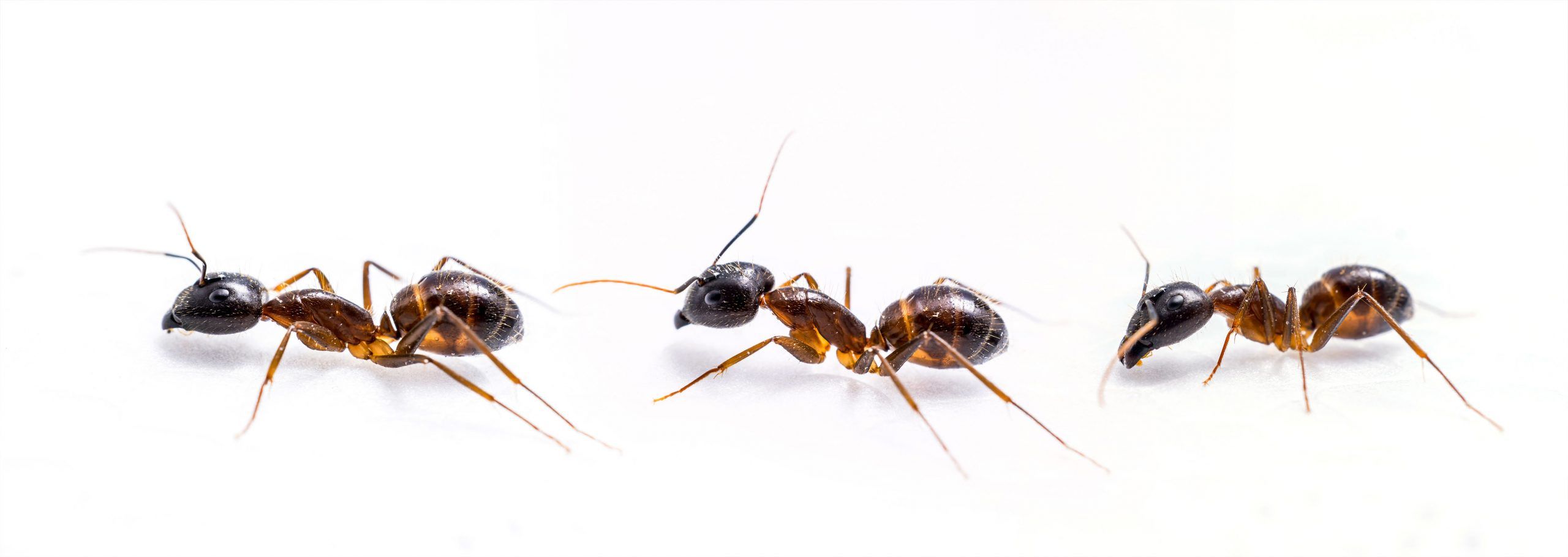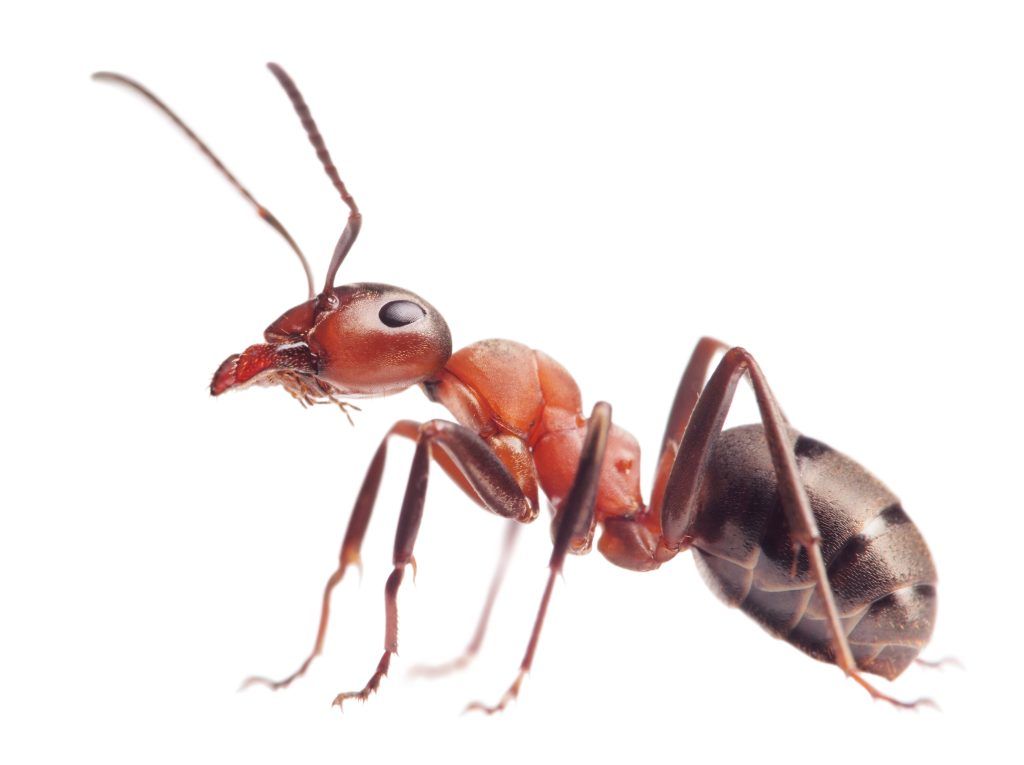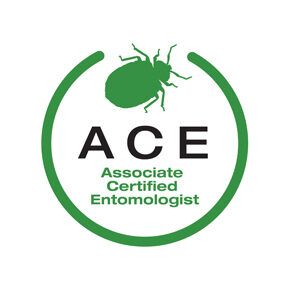
Ants: Connecticut is a land of hidden wonders and bustling ecosystems, where the dance of nature unfolds amidst scenic beauty and historic charm. Beneath the surface of this thriving state lies a bustling metropolis—home to not just the hustle and bustle of its human inhabitants, but also to an often overlooked yet astonishingly diverse community of ants. Yes, these tiny but tenacious creatures are the unsung heroes of the Connecticut soil, where a multitude of ant species weave their intricate tales and underground escapades. It is not easy to say how many species there are, but most experts are around at least 20. The most common being Carpenter ants, Pavement ants and Little Black ants. We are going to go over these species and talk about what you can do to help prevent them.
Carpenter Ants:
These polymorphic¹ ants are a leading cause of insect-related damage in Connecticut. Ranging from roughly 1 to 5 centimeters, their size varies depending on their role within the caste system. The name “carpenter ant” stems from their characteristic behavior of nesting within wood. Using their powerful mandibles, they carve out tunnels and discard excess material in designated dumping grounds, where debris, sawdust, and the bodies of their fallen comrades can be found. Notably, upon the demise of a member, these ants, known for their cannibalistic tendencies, consume the internal parts and deposit the exoskeleton at their local waste site.
Halting the advance of Carpenter ants may necessitate intervention from a pest professional, but there are measures you can take to help deter their presence. Keep woodpiles, storage containers, and similar items away from the house. While Carpenter ants favor wood, they will seek out any suitable location that meets their current needs. Address any household leaks promptly, as damp wood is more likely to attract Carpenter ants. Regularly treating your home’s foundation with sprays can be highly effective in preventing ant infestations.
Pavement Ants:
Pavement ants are characterized by their small size and distinctive striped exoskeleton. Named for their fondness for nesting beneath stones, slabs, and walkways, these resourceful insects have mastered the art of utilizing the natural thermal properties of these materials to keep their eggs warm. Their preference for these locations often brings them in close proximity to our homes. They are content to reside outdoors but frequently venture indoors in search of food and water. Like all ants, they dispatch scouts to locate food sources, then lay down a trail of pheromones to summon the rest of the foraging team. As one might imagine, this behavior can prove quite bothersome during gatherings and events.
Preventing Pavement ants:
Regularly treating the exterior of your home is the most effective way to thwart these ants. If they have managed to infiltrate your indoor spaces, begin by thoroughly cleaning the affected areas with a potent cleaner. If this does not deter them, it may be prudent to consider placing ant bait in the affected room.
Little Black Ants are diminutive creatures, often mistaken for various other small ant species. Their habits closely resemble those of pavement ants, with one key difference: they seek out warm environments. This might lead them to habitats such as potted plants strategically placed near a sunlit window, or even to a powered-on or plugged-in laptop—providing the optimal warmth for incubating their eggs.
The best way to stop the is with exterior treatments and interior bait.
Connecticut boasts a diverse array of ant species, and as temperatures rise, we observe an increasing influx of southern species infiltrating our homes. At present, we are combatting an invasive species² known as the Odorous House Ant. These formidable colonies can number in the millions, capable of overwhelming a home to such an extent that we’ve had clients temporarily relocate until the issue is resolved.
Regardless of the ant species infiltrating your space, it’s crucial to uncover the underlying reasons for their presence in order to effectively eradicate them. Failure to address these root causes will likely lead to recurring ant infestations, regardless of how many colonies one may have already eliminated.
Thanks for reading!
Chris Mojo A.C.E

¹polymorphic is when a species of ants has different sized ants in the colony.
²invasive species refers to a species that is not native to a particular environment. These species are often considered problematic as they lack natural predators and can outcompete the native species.




